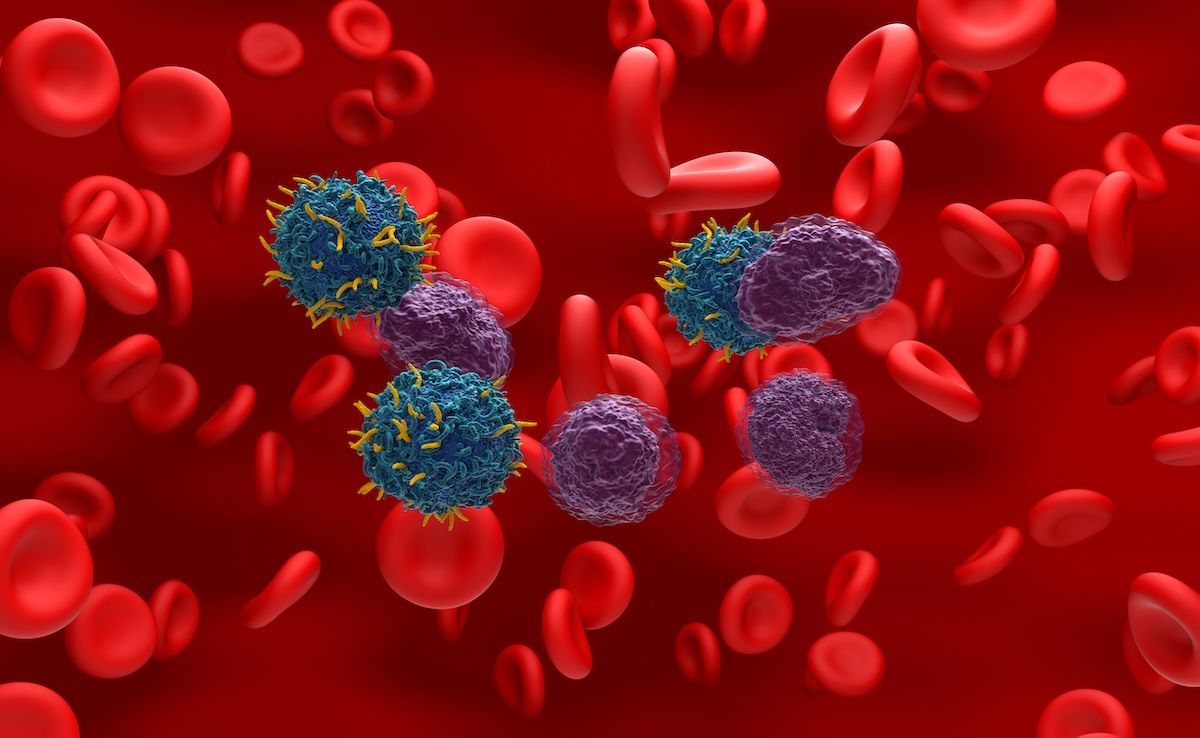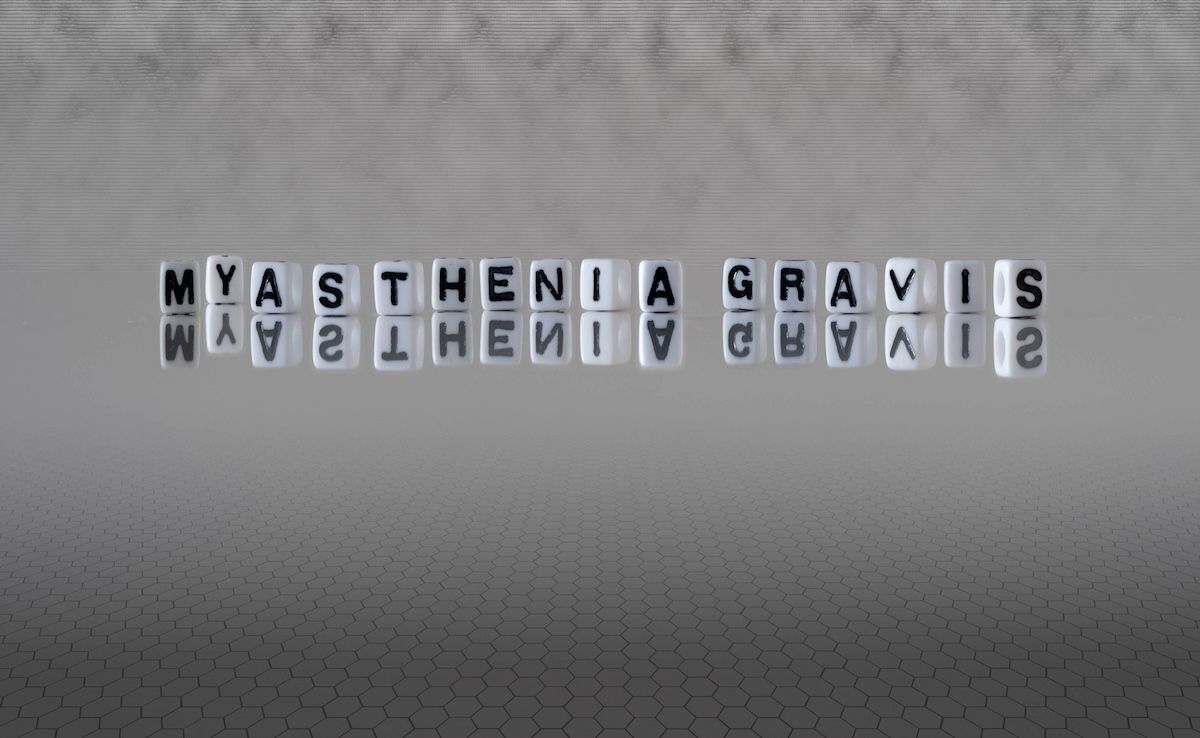Video
Biologics and Small Molecules for Autoimmune Diseases
Marla Dubinsky, MD: The idea that we sort of evolved to a biologic revolution started in 1998, especially in the IBD [inflammatory bowel disease] space, when anti-TNFs [tumor necrosis factors], specifically infliximab, became approved for Crohn disease.
And then you followed the journey over the past 20 years. It was approved for ulcerative colitis in 2005. Then we had adalimumab approved for Crohn disease in 2007. Then certolizumab was approved for Crohn disease. Then adalimumab was approved for ulcerative colitis in 2011.
So that was the biologic revolution in the TNF space. And then we moved, in 2014, to a very exciting space, which explored the use of the integrin or antitrafficking biologics, or monoclonal antibodies. Vedolizumab excited the idea that you could actually target the cells that are specifically tracking to the gut rather than going after cytokines, which is what anti-TNF really does. It goes after the tumor necrosis factor cytokine. This was going after the cells that ignite the cascade to produce the cytokines, which is really interesting. So there are sort of steps before you even make the TNF.
In 2016 we had ustekinumab, which is another cytokine target that goes after the IL [interleukin]-12 and IL-23 pathways. That’s where we really are in the biologic space. The really interesting thing is that it’s just going to continue. Over the next 7 years, we sort of know where all of these therapies are going to position themselves. So that was on the biologic boom.
And now we have the first small molecule, which was approved for ulcerative colitis at the end of May. This is called tofacitinib, which was approved for rheumatoid arthritis many years ago and was then tested in ulcerative colitis. The interesting thing about tofacitinib is that it’s an oral agent. It was really the first oral small-molecule agent approved. Methotrexate and thiopurine, just to be clear, were never approved. They were just helpful and were studied and reported on in the New England Journal of Medicine. So that became dogma for us.
But this small molecule was actually tested in ulcerative colitis and was approved. What’s interesting about ustekinumab and tofacitinib is that they’re sort of the first of these classes. The next big target is to remove the IL-12 and just focus on the IL-23. So there are multiple options. One of them is already approved for psoriasis, so we’ll be chasing the psoriasis plan. And then, based on tofacitinib, which is part of the class of JAK inhibitors, kinase inhibitors, that’s a JAK1, JAK3 blockade. Now we’re going after JAK1 and JAK2, and TYK2. Each of them has this amazing pipeline that we’re following very closely. So it’s just an amazing time to be in immune disease, to see how we’ve been able to change people’s lives.




